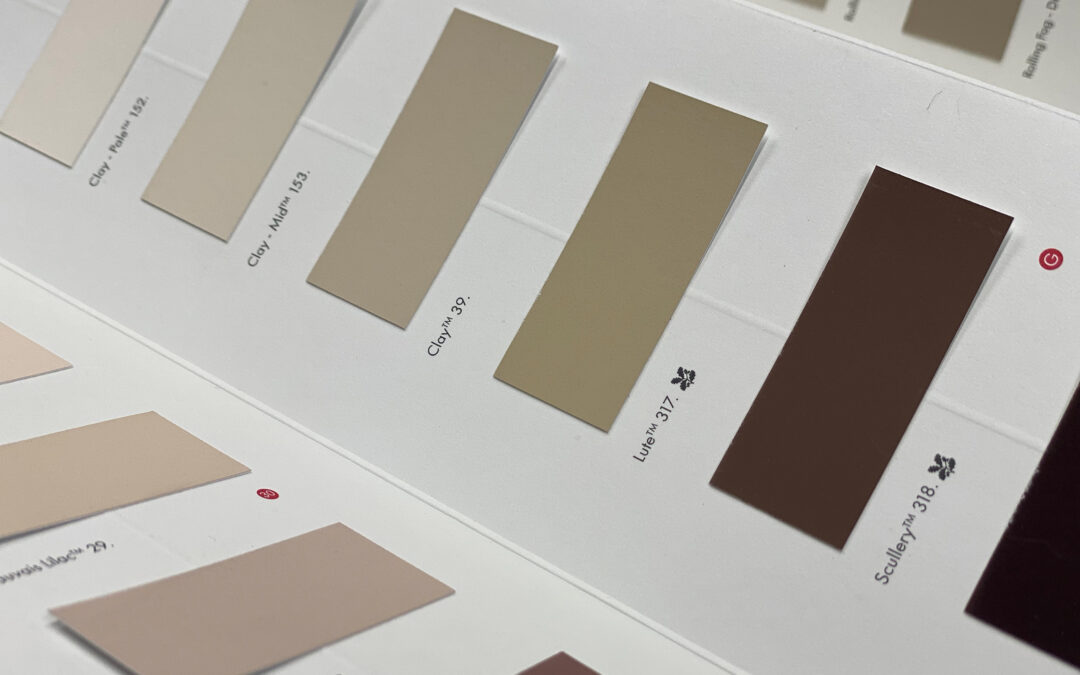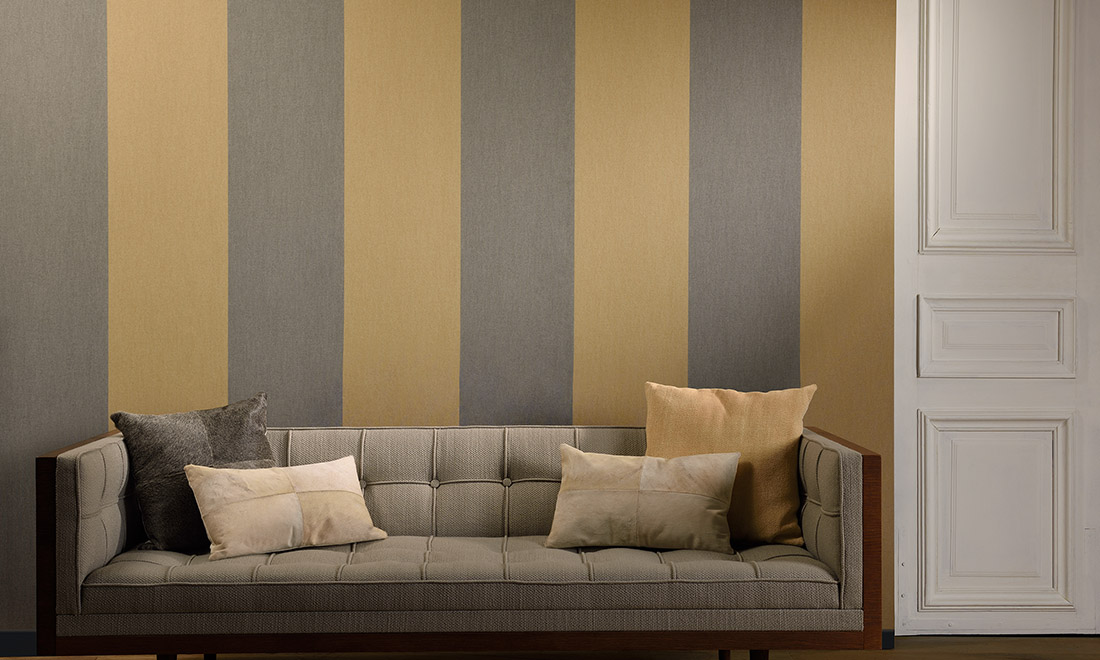
Embracing Earthy Elegance: The Shift from True Greys to Stone Colors in Interior Design
Embracing Earthy Elegance: The Shift from True Greys to Stone Colors in Interior Design
Introduction
Interior design trends are ever-evolving, reflecting the changing tastes and preferences of homeowners. Over the years, we have witnessed a fascinating movement in color palettes, particularly when it comes to neutrals. From the dominance of true greys, the design world has shifted towards embracing the warmth and sophistication of stone colors. In this article, we explore the reasons behind this transition and the timeless appeal of stone colors in interior design.
The Era of True Greys
True greys have long held the throne in interior design schemes, gracing walls, furniture, and decor items with their versatile, clean, and modern allure. Their neutrality allowed designers to create minimalist, monochromatic spaces that exuded a sense of calm and sophistication. From cool-toned light greys to deep charcoal hues, these shades provided a reliable backdrop for various design styles, from contemporary to industrial.
Embracing the Timeless Beauty of Stone Colors
Stone colors, inspired by the hues found in natural rock formations, have become increasingly popular in interior design. These warm, earthy tones range from sandy beiges, soft taupes, warm browns, to subtle shades of olive and moss green. As homeowners seek to create spaces that evoke a sense of tranquility and harmony with the environment, stone colors offer the perfect solution.
Incorporating stone colors in interior design brings an immediate connection to the natural world. These colors remind us of sandy beaches, rocky mountainsides, and peaceful forest floors. As urban living continues to grow, the desire to create spaces that echo nature’s beauty becomes more apparent. Stone colors offer a grounding element, allowing inhabitants to feel connected to the earth, even in the midst of bustling city life.
While true greys can create a crisp and modern ambiance, they can sometimes feel cold and stark. Stone colors, on the other hand, infuse a room with warmth and a cozy, inviting atmosphere. Whether applied to walls, upholstery, or decor, these hues add a touch of comfort that appeals to homeowners and guests alike.
Stone colors boast a remarkable versatility, as they effortlessly blend with a wide range of design styles and aesthetics. From rustic farmhouse interiors to contemporary urban lofts, these hues adapt to any environment with grace and poise. Unlike trendy color palettes that may quickly become outdated, stone colors possess a timeless quality that ensures longevity and aesthetic appeal over the years.
Interior designers often strive to achieve a sense of balance and harmony in their projects. Stone colors play a pivotal role in this pursuit, acting as a bridge between cool and warm tones. Their neutral yet earthy character enables designers to strike a perfect balance between contrasting elements, creating spaces that are visually pleasing and harmonious.
Conclusion
As the world of interior design continues to evolve, we witness a shift from the cool and modern allure of true greys to the warm and timeless charm of stone colors. Homeowners and designers alike are drawn to the connection with nature, the comfort, and the versatile appeal that these earthy hues bring to their spaces. Whether used as a backdrop or incorporated into furniture and decor, stone colors infuse interiors with a sense of tranquility and sophistication that is both captivating and enduring. Embrace the beauty of stone colors in your home and witness the transformative power of these timeless hues.
Privacy Policy
© S&S Home Supplies Ltd.
Terms & Conditions



